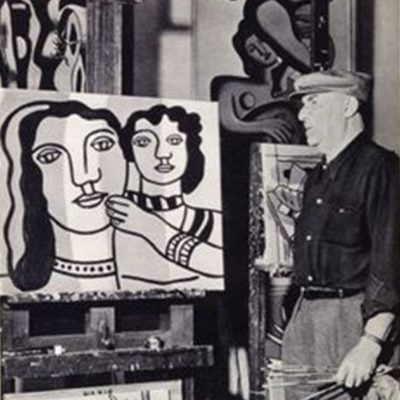
Fernand Léger
Fernand Henri Léger was born on February 4, 1881, in the rural town of Argentan, France. Léger's father was a cattle dealer who hoped his son would follow in his footsteps and choose what he deemed a practical trade. Although Léger was initially discouraged from becoming an artist, his father became supportive once he recognized Léger's gift for drawing. Read More


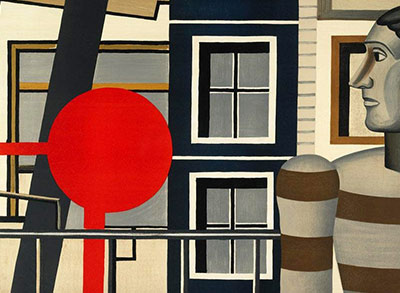

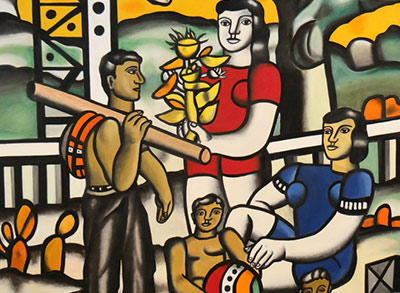

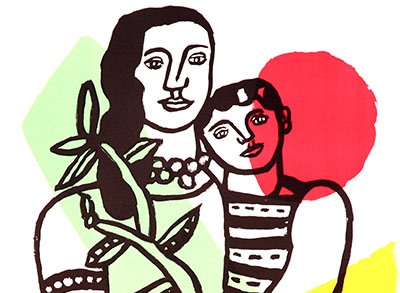
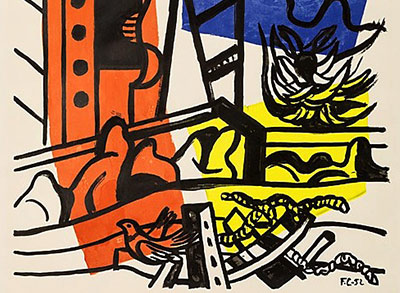
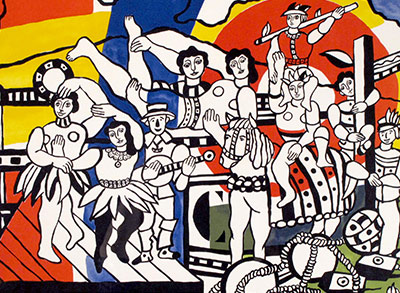
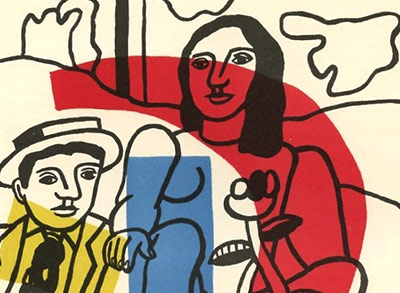
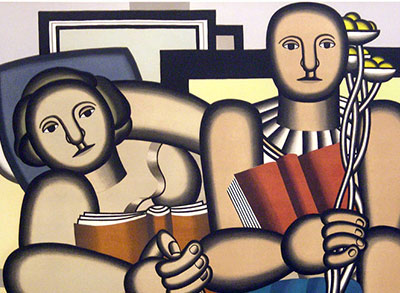

After apprenticing with an architect in Caen from 1897 to 1899, Léger settled in Paris and supported himself as an architectural draftsman. He was refused entrance to the prestigious École des Beaux-Arts. In 1903 he started attending the Paris School of Decorative Arts instead, while also being unofficially mentored by two École des Beux-Arts professors who recognized his potential. Up until this point, Léger's painting style blended Impressionism with Fauvism. He also studied at the Académie Julian. Léger’s earliest-known works, which date from 1905, were primarily influenced by Impressionism. The experience of seeing the Paul Cézanne retrospective at the Salon d’Automne in 1907 and his contact with the early Cubism of Pablo Picasso and Georges Braque had an extremely significant impact on the development of his personal style. Léger became friends with Delaunay and maintained ties with great artists, including Matisse, Rousseau, Apollinaire and leading exponents of Cubism. From 1909 Léger himself developed a quirky Cubist style, distinguished by reduction to the simplest basic forms and formal austerity linked with a pure, sharply contrasting palette. As a painter Fernand Léger exerted an enormous influence on the development of Cubism, Constructivism and the modern advertising poster as well as various forms of applied art.
From 1911 to 1914 Léger’s work became increasingly abstract, and he started to limit his color to the primaries and black and white. In 1912 he was given his first solo show at Galerie Kahnweiler, Paris. Léger belonged to the Section d'Or group, a Paris-based association of Cubist painters including Juan Gris, Marcel Duchamp, and Raymond Duchamp-Villion to name a few. In 1912 the group first exhibited together at the Galerie la Boétie in Paris, and it also published a short-lived magazine entitled Section d’Or. The start of World War I in 1914 ended the activities of the group, which had never been more than a loose association.
In 1913, he started a series of abstract paintings called "Contrast of Forms." A year later, he put his art career on hold to serve in the French army during World War I. In 1916, he was gassed at Verdun. Having incurred a head injury, he was sent home and hospitalized until 1917. His “mechanical” period, in which figures and objects are characterized by tubular, machinelike forms, began in 1917. During the early 1920s he collaborated with the writer Blaise Cendrars on films and designed sets and costumes for performances by Rolf de Maré’s Ballets Suédois; in 1924 he completed his first film, Ballet mécanique, which was neither abstract nor narrative but a series of seemingly unrelated images (a woman’s teeth and lips, machines, ordinary objects, and routine human activities). Léger opened an atelier with Amédée Ozenfant in 1924 and in 1925 presented his first murals at Le Corbusier’s Pavillon de l’Esprit Nouveau at the Exposition internationale des arts décoratifs. Surrealismus also left its mark on Fernand Léger in the 1930s, loosening up his style and making it more curvilinear. In 1931 he visited the United States for the first time. In 1935 the Museum of Modern Art, New York, and the Art Institute of Chicago presented an exhibition of his work. Léger lived in the United States from 1940 to 1945 but returned to France after the war where he revitalized his art school and became active in the Communist Party. In the decade before his death, Léger’s wide-ranging projects included book illustrations, monumental figure paintings and murals, stained-glass windows, mosaics, polychrome ceramic sculptures, and set and costume designs and focused on the theme of the common man. In 1955 he won the Grand Prize at the São Paulo Bienal. Léger died on August 17 of that year at his home in Gif-sur-Yvette, France. The Musée Fernand Léger was inaugurated in 1960 in Biot, France.

